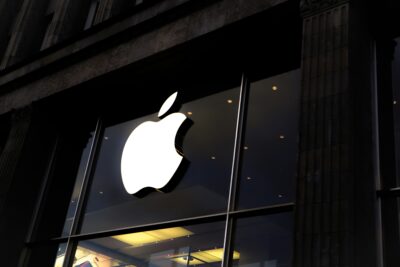
“The cloud stands for extreme computing power and the latest innovations”
Modern digital services are built on cloud platforms and for mobile users, but many people have a narrow view of cloud services. Jari Lindholm is joining Qvik to develop its cloud business and consolidate technology partnerships.
The mobile services designed by Qvik have been running on cloud architectures for years, but we have also implemented some intriguing customer projects leveraging Google Cloud Platform’s data capabilities. Among other things, we have used GCP to organize the contents of Yle Areena to make it easier for search engines to find and implemented a pilot project predicting the patient flows of HUS.
“With the growing demand and larger scope of projects, our team needed someone to manage the development of Qvik’s cloud business, and it’s fantastic to have Jari on board”, says Lari Tuominen, CEO and founder of Qvik.
Jari Lindholm has made a long career at Fujitsu. In his most recent post, he was responsible for the company’s global operations and their growth in the Nordic Countries. He found the move to lead the cloud business of a company specializing in mobile attractive for a number of reasons.
“To me, the cloud stands for the possibility to buy extreme computing power and the latest innovations by the second, without needing to invest in the hardware”, Lindholm says. “I am also fascinated by the agility of the cloud business – you can take new ideas to production quickly and with lower budgets.”
Many people see cloud business too narrowly
One of Lindholm’s goals is to correct a misconception related to the cloud business: it involves a lot more than simply selling storage space. It’s much more relevant to ask what else the cloud could be used for and what kinds of services could be built on it.
“Thanks to cloud services, developers and analytics can concentrate on developing new applications instead of their technological requirements and implementation”, Lindholm says.
Cloud service platforms of different providers can be used side by side, choosing the most appropriate function for each purpose. The services are easy to integrate and comparing functions is simple.
“If you look at the best-known cloud platforms, they have similar products for the same purposes, which can make choosing between them difficult. For example, Google’s GCP may be superior in cost-effective capacity scaling or data analytics and crunching, but the optimal result for a company’s cloud-based needs is normally only found by testing and combining the services of different providers.”
From the Finnish perspective, the opening of Google’s data center in Hamina gives a major advantage to GCP, as the data can be kept within the borders of Finland if necessary.


